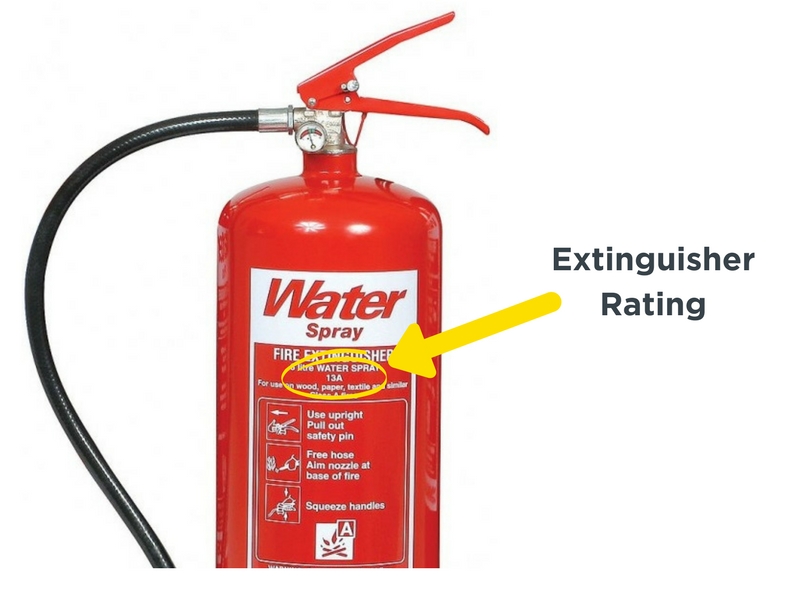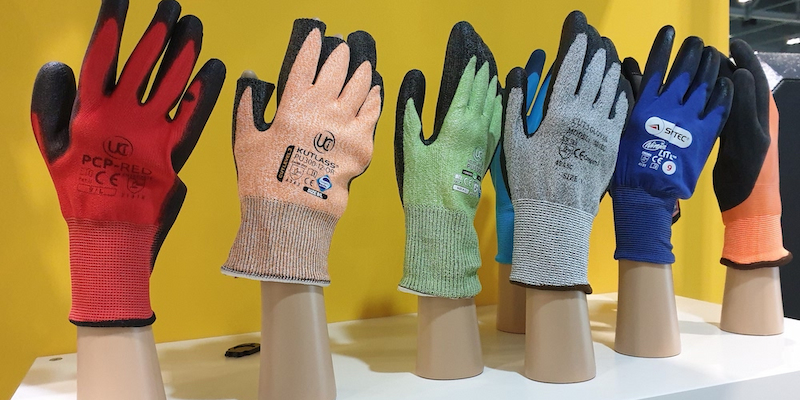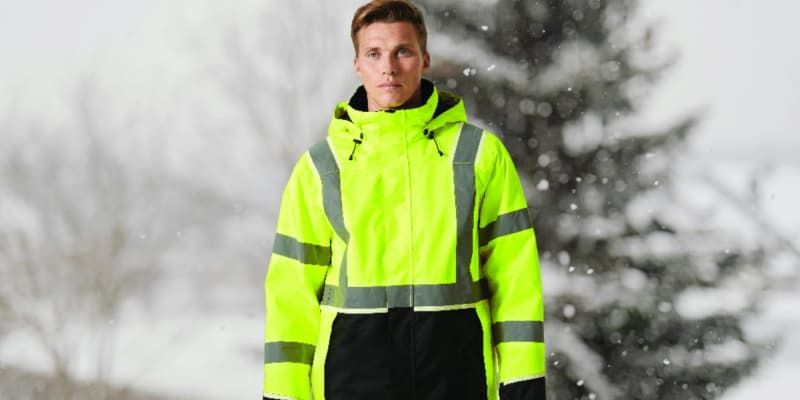
By Roger Munn 10/07/2018
Under: Fire SafetyWorkplace Fire Safety: How Many Fire Extinguishers Do You Need?
The number of fire extinguishers you require depends on the type of site you operate on and the risks involved. The information in the post is for guidance purposes only: fire safety provisions should ultimately be determined by a comprehensive fire safety risk assessment.
Fire Extinguishers Requirements – How Many?
It’s the legal obligation of all businesses to ensure the satisfactory provision of fire extinguishers, conforming to a recognised standard, such as BS EN3.
All fire extinguishers have a rating based on their firefighting ability. These can be found on the front of the fire extinguisher. The most common type of fire is defined as ‘Class A’ and consists of flammable solids such as paper, wood, and textiles. Class A fire extinguishers used to tackle these fires have different ratings, such as 13A, 21A and 34A, depending on their capacity.

As a general rule, there should be a minimum of two fire extinguishers on each floor of a building. In addition, The British Standard 5306 provides a formula for calculating how many Class A extinguishers you require for different-sized premises. These calculations can be simplified to one 13A extinguisher per 200m2, on each floor. Therefore, to work out how many 13A extinguishers you need, you divide your floor area by 200. If this doesn’t calculate to a whole number, always round up rather than down.
For Example:
If you have a floor area of 700m2:
700 ÷ 200 = 3.5
Rounding this up would give you 4 x 13A extinguishers required on this floor.
For full details please refer to BS 5306-3:2017.
Additional Fire Extinguishers
Depending on the nature of your business and the equipment you have on-site, it’s likely you’ll need additional types of fire extinguishers, such as those suited to fighting liquid fires, gas fires, electrical fires or cooking oil fires.
These days, most workplaces contain electrical equipment, meaning that a CO2 extinguisher would be essential. All premises with electrical equipment must have at least a 2kg CO2 Extinguisher or a 5kg CO2 Extinguisher if there’s 415v or above rated equipment.
Location, Location, Location
Fire extinguishers should be fixed to a wall or attached to a stand, fire trolley or safety station. Without being assigned to a specific place, extinguishers may end up being moved and unable to be located in an emergency.
Extinguishers should be positioned where they are easily visible and close to a designated escape route.
Fire Extinguisher Servicing
Extinguishers must be kept in good working order. It’s important to implement an appropriate system to ensure fire extinguishers are regularly checked and properly maintained with at least annual servicing by a competent person.
Regulations recommend that most extinguishers should be replaced every 5 years, while CO2 extinguishers should be replaced every 10 years.
Don’t forget, it’s a legal requirement to keep a permanent record of all servicing, maintenance and inspections of fire extinguishers.
Peace of Mind from the Safety Experts
All the fire extinguishers we offer at Enfield Safety are tested to comply with the relevant safety standards, are CE marked and conform to BS EN3 where applicable. Every extinguisher we sell comes with a wall bracket, so it can be safely secured in position. We also provide fire extinguisher, fire stands and trolleys to safely store your extinguishers without having to fix them in one permanent position.
Phone our Safety Champions today on 0845 074 1123 to book a consultation.


